“In Fergus, creating and managing your customers is quick and easy. Let’s walk through the process step by step.
You can create a customer while setting up a new job or directly from the customer’s page. Here’s how to do it from the customer’s page.
On the right hand side, select ‘add new customer’.
Fill in the customer’s details. The key fields are customer name, physical address and default main contact details.
You can also update the postal address, billing contact, add additional contacts, and adjust customer settings at the bottom of the page.
Once done, click ‘Save Customer’ in the bottom right and that’s it. Your new customer is now set up. Let’s talk about managing customers.
To manage an existing customer, go to the page and search for and select the customer to open their profile. From here, you can edit customer details using the pencil icon, add a new job to this customer, attach notes for future reference, and delete or merge the customer via the three dot menu in the top right corner. When you open a customer’s profile, you’ll land on the jobs page which provides a status board of this customer’s specific active jobs.
Scrolling down reveals a complete history including archived and completed jobs.
There are a few other tabs as as well. Site addresses.
View all site locations linked to this customer.
Emails. Access a record of emails sent to the customer in the past three years.
Recurring jobs. See a list of all recurring jobs for this customer.
Files and photos.
Store and manage files and images related to this customer.
And finally, invoices.
View all invoices created for this customer.
At the top left of the page, you’ll find two gray buttons for customer reports and statements.
The customer report generates a Fergus WIP report for this customer specifically. The summary of activity lets you view, print or email a statement directly to your customer and that’s all there is to it. With Fergus, creating and managing your customers is simple and efficient.”
Our 20,000+ trades businesses have slashed their admin, are getting paid faster, and are finally enjoying their weekends again.



